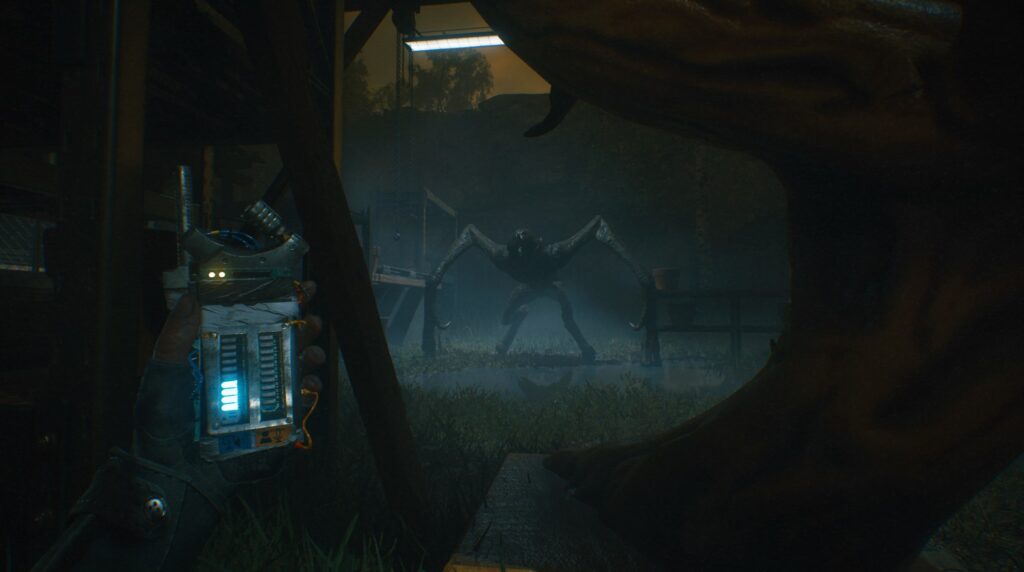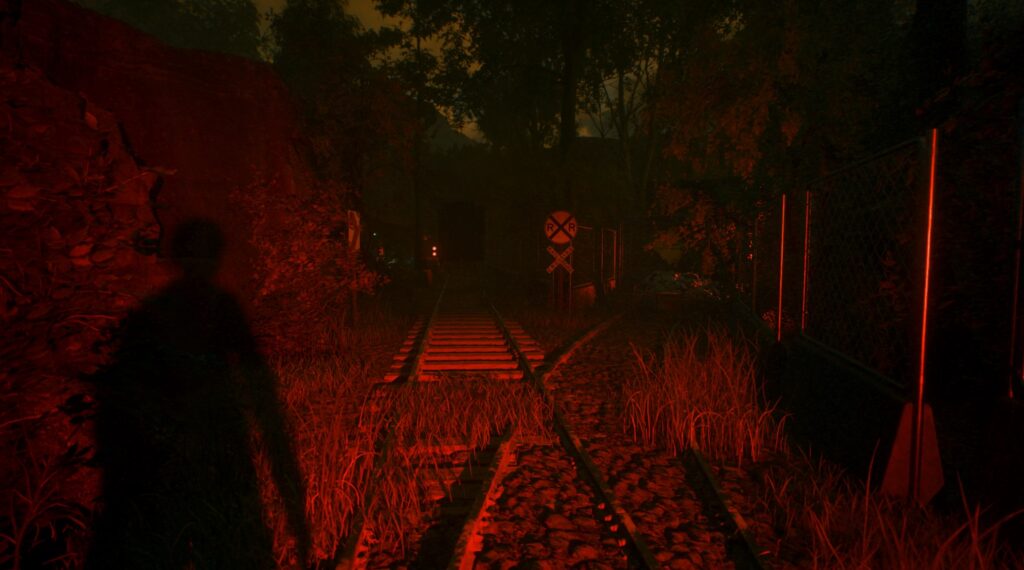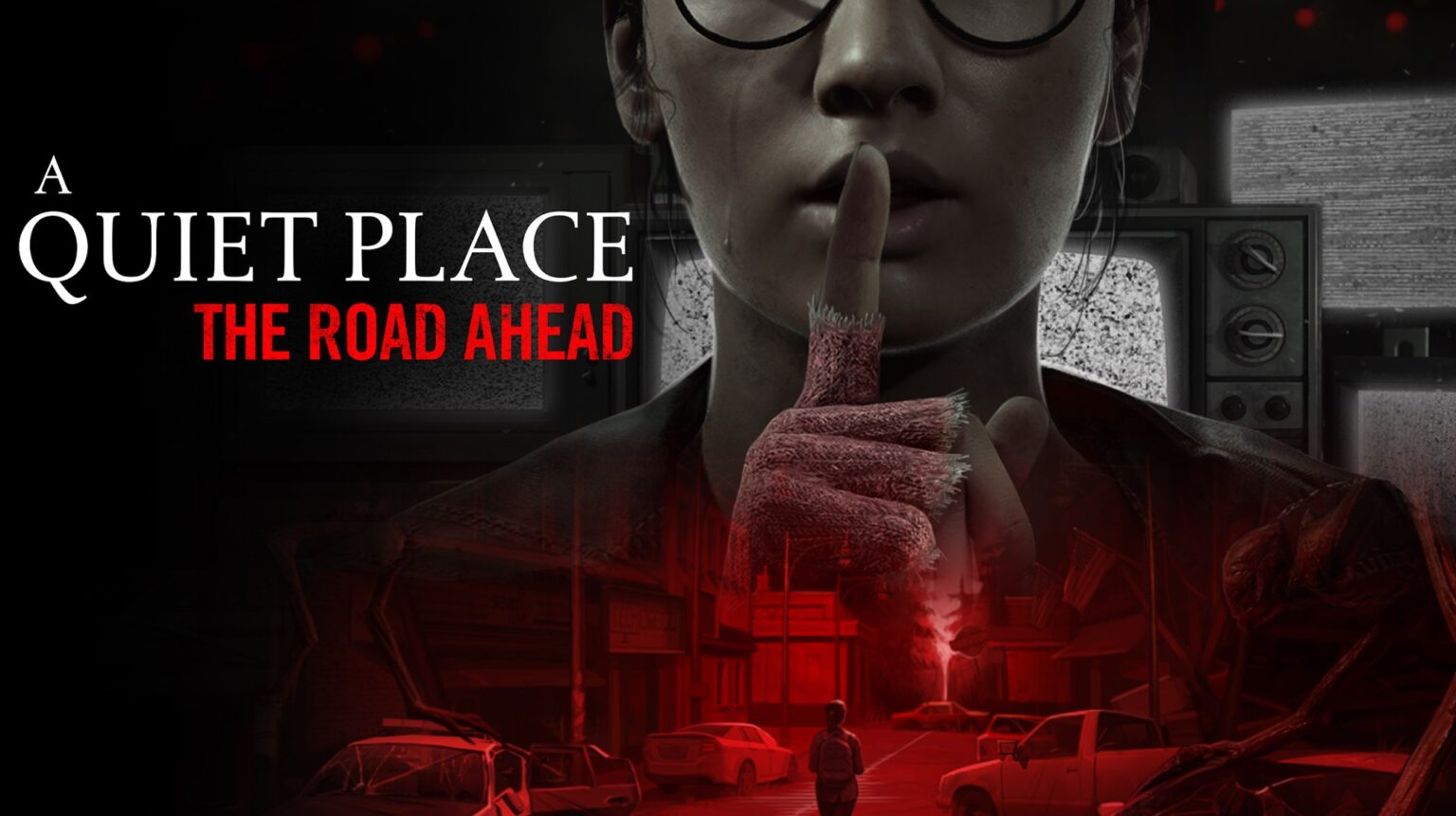“A Quiet Place: The Road Ahead” takes players into the haunting, tension-filled world of the blockbuster movie franchise. As a single-player horror adventure, it captures the oppressive silence and dread that fans of the films know so well. Featuring a young protagonist navigating the aftermath of the alien invasion, the game promises a chilling journey through a world where every sound could mean death.
While the concept is compelling, the game struggles with repetition, inconsistent mechanics, and a narrative that loses steam in its latter half. However, for fans of stealth horror and atmospheric storytelling, it offers enough moments of tension to warrant attention.
Silence is Survival: Story and Atmosphere
Set after the initial alien invasion, The Road Ahead tells the story of a young woman trying to survive in a world where noise invites lethal danger. Alongside her journey to evade the terrifying sound-hunting creatures, she faces interpersonal family conflicts and struggles with her own inner fears.
Early in the game, the story feels dramatic and engaging, but as the roughly 8-hour adventure progresses, the narrative takes a backseat. While the premise is intriguing, the primary conflict starts to feel forced, and the emotional weight dissipates as the gameplay grows repetitive.
What truly stands out is the atmosphere. The game’s environments often exude a chilling quiet that amplifies the tension. However, not all areas are created equal—some feel detailed and immersive, while others look plain and uninspired. Still, the oppressive silence, punctuated by the creatures’ terrifying shrieks, delivers moments of genuine dread.

Gameplay: Tense but Repetitive
The Road Ahead focuses on stealth and sound-based mechanics. Players must tread carefully, use environmental tools to mask their movements, and occasionally solve puzzles to progress. The optional “Microphone Noise Detection” feature adds an extra layer of immersion, as creatures react to real-world sounds picked up by your mic. This mechanic can heighten the tension significantly, making even a quiet sneeze a potential death sentence.
When the stealth and sound-masking systems work as intended, the gameplay shines. Strategically distracting creatures and sneaking through danger zones can be deeply satisfying. However, these moments are undercut by inconsistent AI behavior and rigid stealth mechanics. Enemies sometimes behave unpredictably, or worse, fail to react altogether, breaking the immersion.
The puzzles scattered throughout the game are serviceable but lack variety. By the midway point, many sections start to feel like repetitive “move slowly from point A to point B” exercises, with little to differentiate them. For players who crave more dynamic gameplay, this monotony may become frustrating.

Creature Design and Performance
The alien creatures are a high point of the game, faithfully capturing the design and behavior of their cinematic counterparts. Their sharp, erratic movements and chilling auditory cues make every encounter a nerve-wracking experience. The tension of knowing they could appear at any moment keeps players on edge, even when the gameplay itself falters.
On the technical side, the game requires a robust system to run at maximum settings. While performance at lower settings is acceptable, minor glitches like AI bugs and movement stutters occasionally disrupt the flow. These issues don’t render the game unplayable but highlight areas that could benefit from additional polish.
A Test of Patience
The Road Ahead is not for everyone. The slow pacing and deliberate gameplay demand patience, particularly in sections that rely on trial and error. Some players may find this tension exhilarating, while others might feel it drags the experience down. The repetition of objectives and mechanics in the latter half further tests endurance, making the game feel longer than it is.
Despite these shortcomings, the game’s strongest moments—when you’re holding your breath in a desperate attempt to stay quiet—offer a uniquely immersive experience. For fans of stealth-based horror, these moments might be enough to justify enduring its flaws.
Highlights and Hurdles in a Silent Apocalypse
What Draws You In
- Unnerving Atmosphere: The game captures the oppressive silence and dread of the A Quiet Place universe effectively.
- Faithful Creature Design: The aliens are terrifyingly accurate to the films, with sharp movements and chilling sound cues.
- Sound-Based Mechanics: The microphone detection feature adds a layer of tension and immersion for players who want an extra challenge.
- Moments of Genuine Tension: When stealth and sound manipulation work well, the gameplay delivers thrilling, edge-of-your-seat experiences.
What Holds It Back
- Repetitive Gameplay: Stealth objectives and puzzles lack variety, leading to monotony in the latter half of the game.
- Inconsistent Mechanics: AI behavior and stealth systems can feel rigid and unpredictable, breaking immersion.
- Shallow Narrative: While engaging early on, the story feels forced and fades into the background as the game progresses.
- Performance Issues: High system demands and minor glitches detract from the experience, particularly on lower-end machines.
A Quiet Place: The Road Ahead: A Quiet Place: The Road Ahead is a tense, atmospheric horror game that captures the spirit of its cinematic source material. Its sound-focused mechanics and unnerving atmosphere deliver moments of genuine fear and immersion. However, these strengths are undermined by repetitive gameplay, inconsistent mechanics, and a narrative that fails to sustain its initial momentum. For fans of the A Quiet Place films or stealth-based horror games, The Road Ahead offers a unique experience worth exploring—especially for those with the patience to navigate its flaws. While it doesn’t break new ground, it succeeds in delivering a chilling, albeit uneven, journey through a silent apocalypse. – Obsidian


